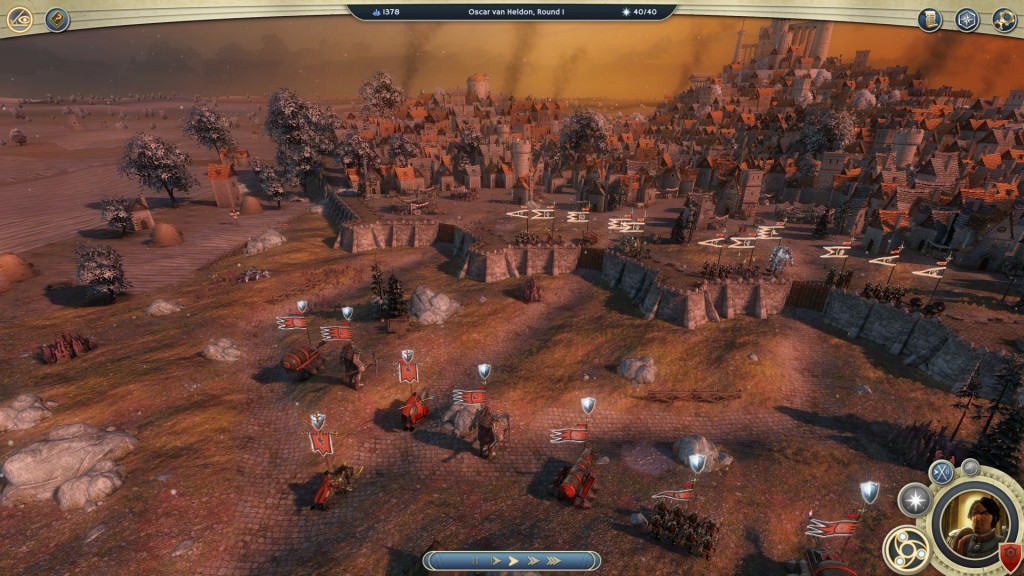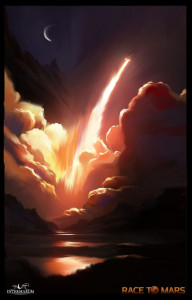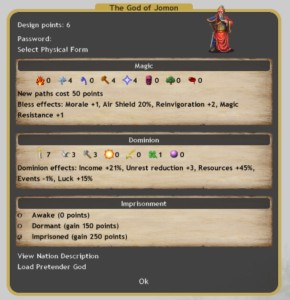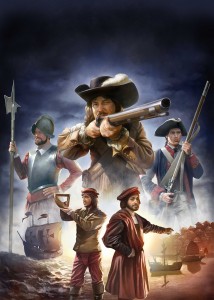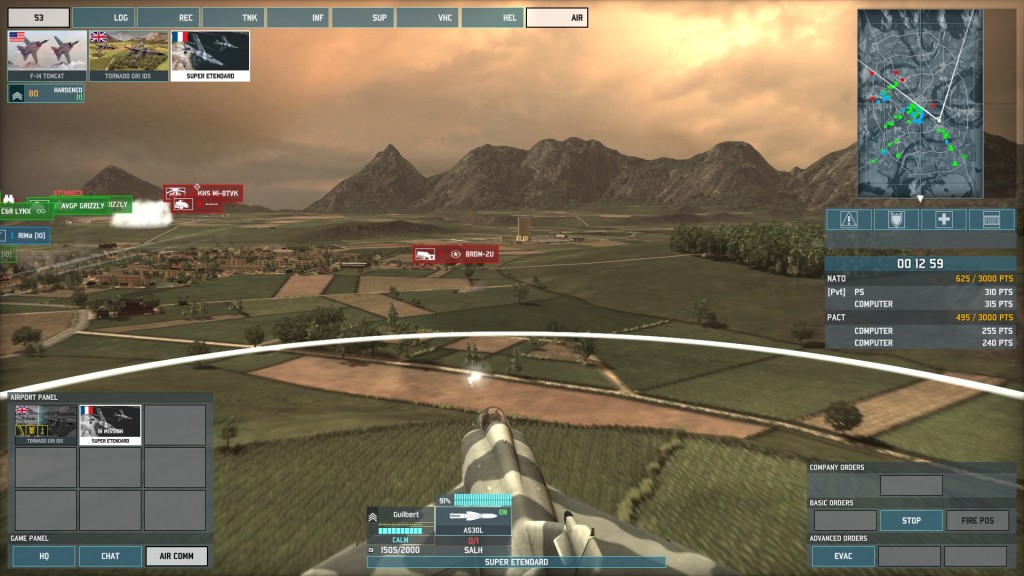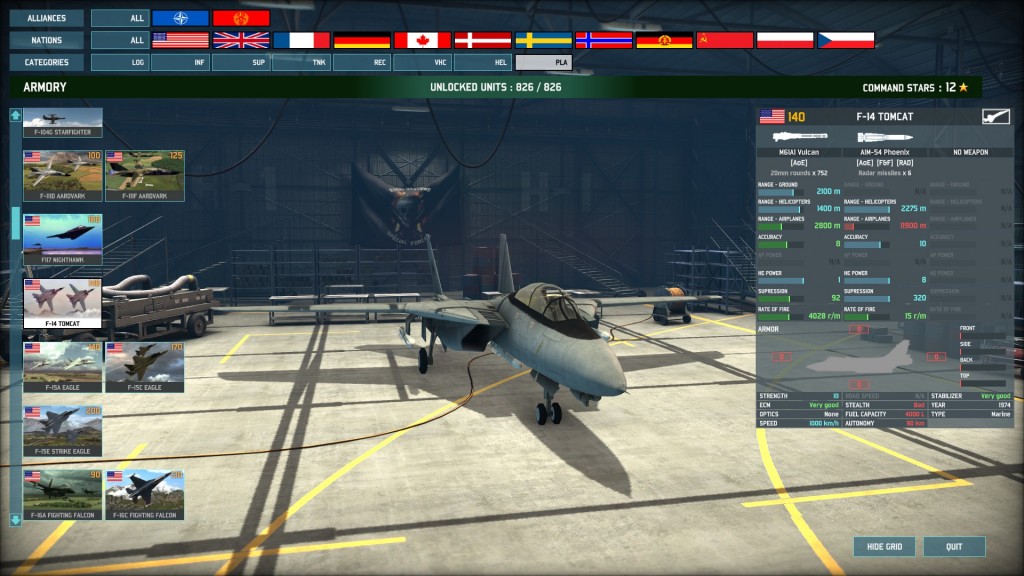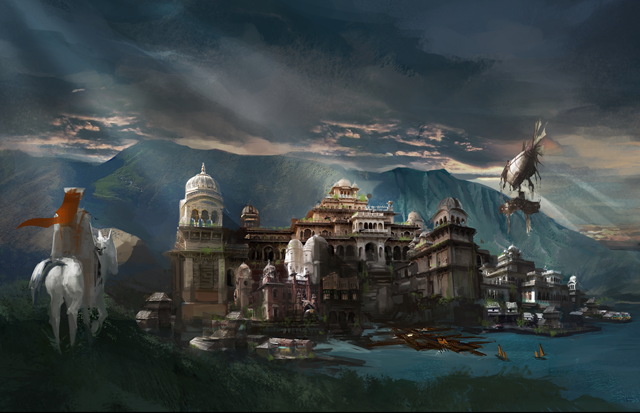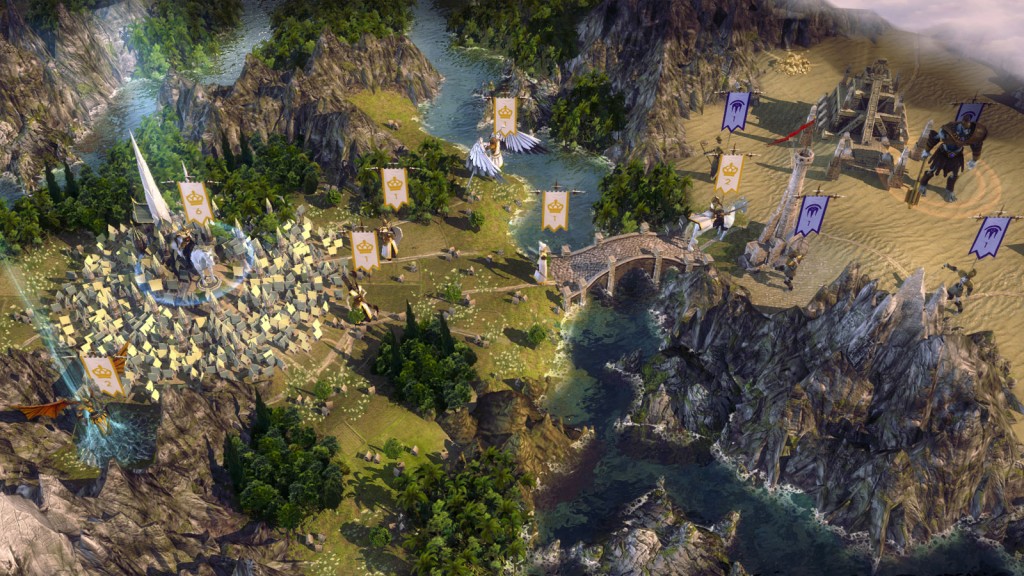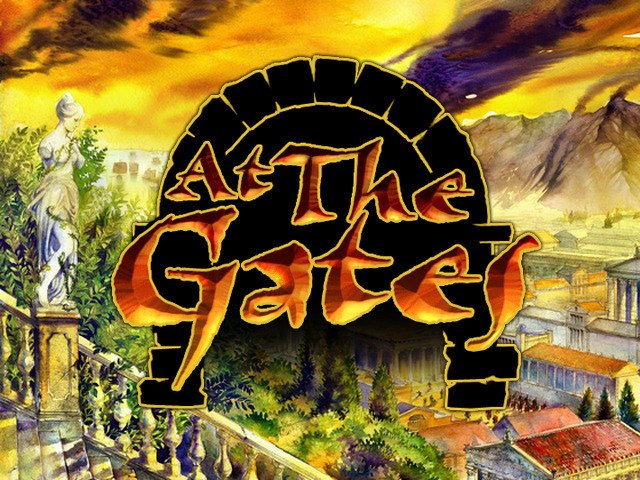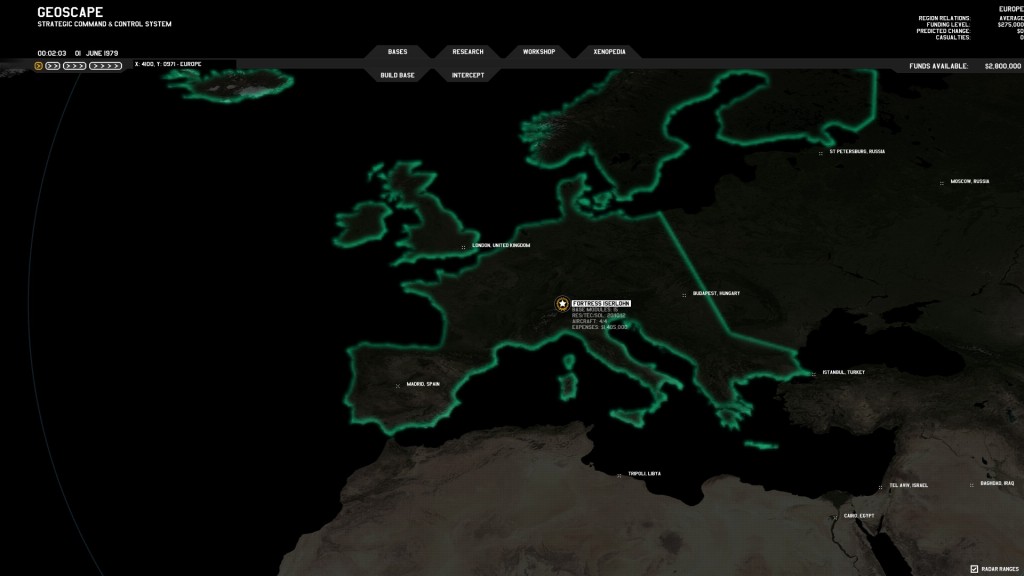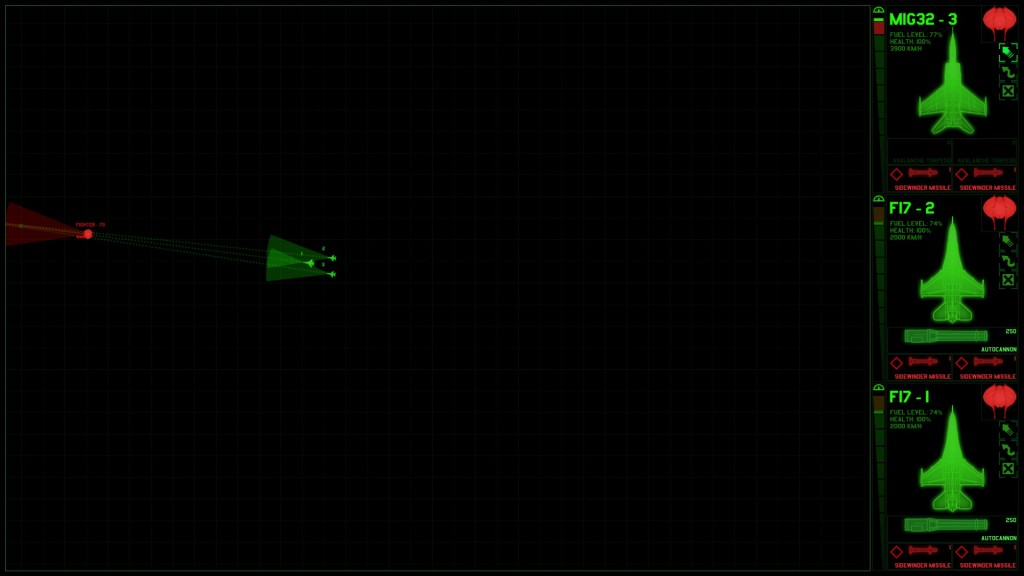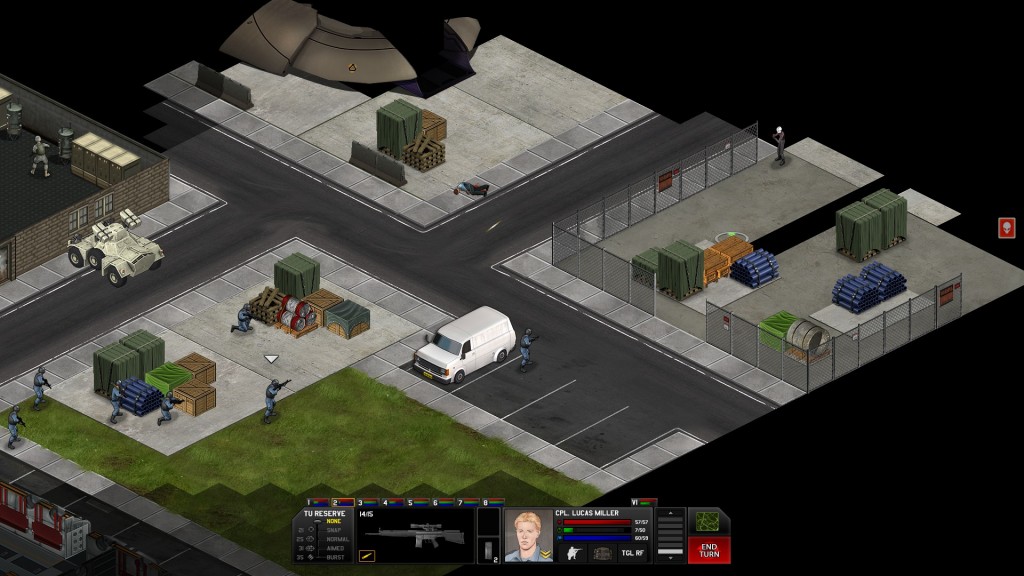Offworld Trading Company is an upcoming RTS where, to quote developer Mohawk Games, “money, not firepower, is the player’s weapon”. Its stated inspirations include board games, Railroad Tycoon, and conventional real-time strategy.
Below, I am very pleased to present an email interview with Soren Johnson, the lead designer of OTC. Soren has previously been co-lead designer of Civilization III, lead designer of Civilization IV, a senior designer and programmer of Spore, and lead designer of Dragon Age: Legends.
Peter Sahui: Hello, Soren – welcome to the site!
Offworld Trading Company is one of the most unique strategy games I’ve encountered. Even after finishing the tutorial and playing several rounds against the AI, it still feels unfamiliar.
Does that affect your work as a designer? Has OTC’s novelty posed any particular challenges?
Soren Johnson: We are purposely making a game unlike any other. As a small studio, our games will never be able to compete with established strategy franchises from big publishers, so we have to be different to stand out. Offworld is an RTS game that uses tycoon game mechanics, instead of combat mechanics, to create conflict between players. The only well-known video games somewhat similar are M.U.L.E. or Railroad Tycoon, which are both quite old and also not really competitive RTS’s. What makes Offworld unique will hopefully get the game attention, but we are aware that it could also put off people who are unsure what they would be buying. Thus, as a designer, I am trying to ground Offworld as much in the conventions of RTS games as possible – from game length (30 minutes) to number of players (2 to 8) to game options (multiplayer matchmaking, single-player skirmishes, dynamic campaigns, etc). We are hoping to develop some type of cooperative mode for team play or just fighting the AI. We want people to understand that it is still a competitive RTS at the core – just one without guns.
Continue reading “Offworld Trading Company interview with Soren Johnson”


